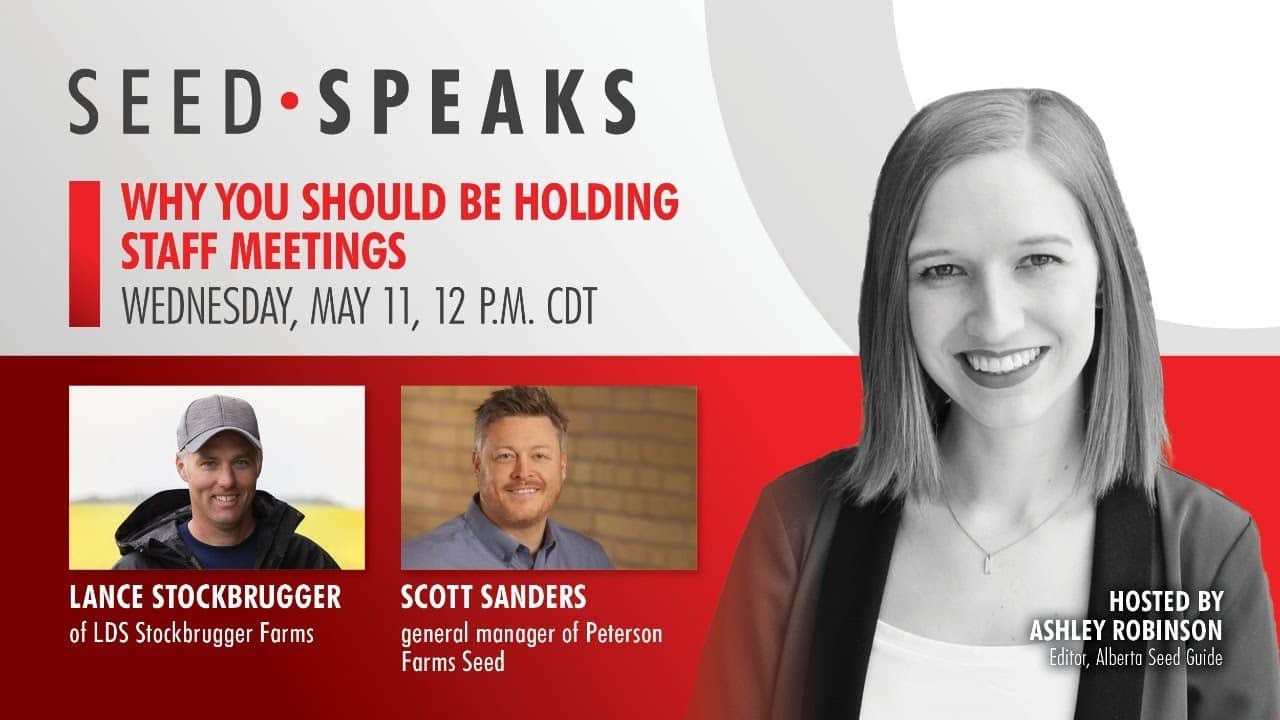Meetings might be one of the most expensive costs of doing business. As a tangible measure, calculate the salary cost for the team members around the table for your next one-hour meeting. That calculation does not include the opportunity cost of doing something else, the transition time, the loss of flexible scheduling, and the loss of spirit from sitting through poor meetings. (What is the cost of a meeting after the meeting?) This is not to suggest that meetings are not ever needed. I would suggest though that many meetings are not needed, and that most can be improved. Gathering people together has a cost and we should do all we can to maximize the return on investment. Let’s focus just on planning.
Experts suggest that meeting planning should take one-third of the time expected for the meeting. Start by writing an active purpose for the meeting or for your currently desired topics. The purpose should be begin with a verb and be specific:
- Identify the problem
- Propose solutions
- Update on progress
- Build a model
- Share learnings
- Generate new ideas
- Introduce new org structure
- Hear disagreements
- Summarize conclusions
- Test understanding
Then secondly, ask yourself if there is any other option other than “bringing everyone into the same space at the same time” that could fulfill the objective. If the answer is yes, use it! There are many useful communication channels that don’t require gathering. We’ve discovered that virtual meetings is one way to reduce meeting cost. Asynchronous communication has been around longer and is an even better way to reduce cost. Think about interoffice text, email, white papers, slide decks, virtual presentations, or video messages. Repeat this review for each topic that you think needs a meeting. Some topics might be partially achieved without a meeting, and therefore will reduce the amount of meeting time needed. Do this with the list above and see if you can reduce the input cost.
The most common reason to have a meeting is because you need to combine the collective knowledge of the group or you need to achieve alignment and commitment of the group. These objectives will help determine who should be at your meeting. Who possesses the critical knowledge and whose commitment is required to achieve the objective? Invite these people. Consider only inviting a representative of a group rather than all members. “To be informed” is an often-cited reason to attend a meeting. There are ways to be informed that don’t require sitting quietly to watch others discuss a topic. That’s expensive! When individuals have played their part, they should leave. Others can join when it is their turn. Think of having three 20-minute meetings rather than one 60-minute meeting. Once you have a list of attendees for each topic, begin to anticipate the reactions and resistances of individuals and groups; the personality dynamics and other events in the organization that might impact the success of achieving the objective. This thinking step will inform the questions to ask or the time required.
Aligned with establishing a purpose, the agenda is an action plan, not a list of topics to be covered. Agendas should be prepared and shared before the meeting. Meetings should have a notetaker (or record the meeting), and a timekeeper. As opposed to information sharing, the majority of a meeting should be information processing. Every topic must have a desired outcome (a reason for being on the agenda). Start with an easier topic and have fewer rather than more topics. Scheduling the appropriate amount of time is the most difficult step of agenda preparation. Error on too much time rather than too little, and then do all you can to reduce the need for allotted time. Send out the desired outcome and discussion questions a fair amount of time ahead. Expect members to pre-read and respect those that have. Keep track of time during the discussion and focus members on achieving commitment to the outcome.
If the conclusion within the allotted time is to table the topic, this can inform future meeting improvement. One of the most common reasons is that topics are too large. Typically, without a clear purpose, a discussion topic includes 5 stages:
- Define the problem
- Generate solutions
- Evaluate solutions
- Pick a solution
- Make a plan
Each of these are discussion topics of their own. Too often the expectation is to achieve all of these in a single sitting under a single agenda topic. People move through these stages at different paces and if we don’t achieve commitment and closure of each stage, there’s a desire by some to revisit earlier conversations, confusing and slowing the process—worse yet, not committing to the final outcome and requiring more meetings.
Planning is just the start. Facilitation of dynamic group conversations should also receive your attention. Given that meetings are a major expense, we should strive to improve every aspect as we would any other process in the workplace. Good planning might initially take more of your time, but good planning takes less of everyone else’s time.













